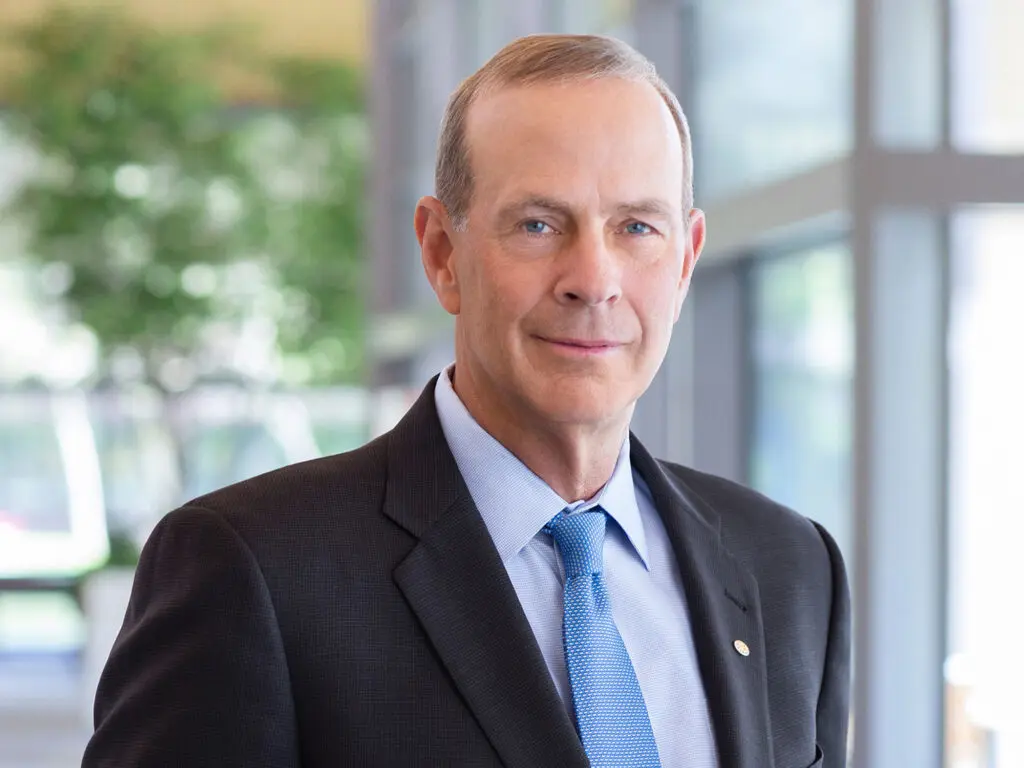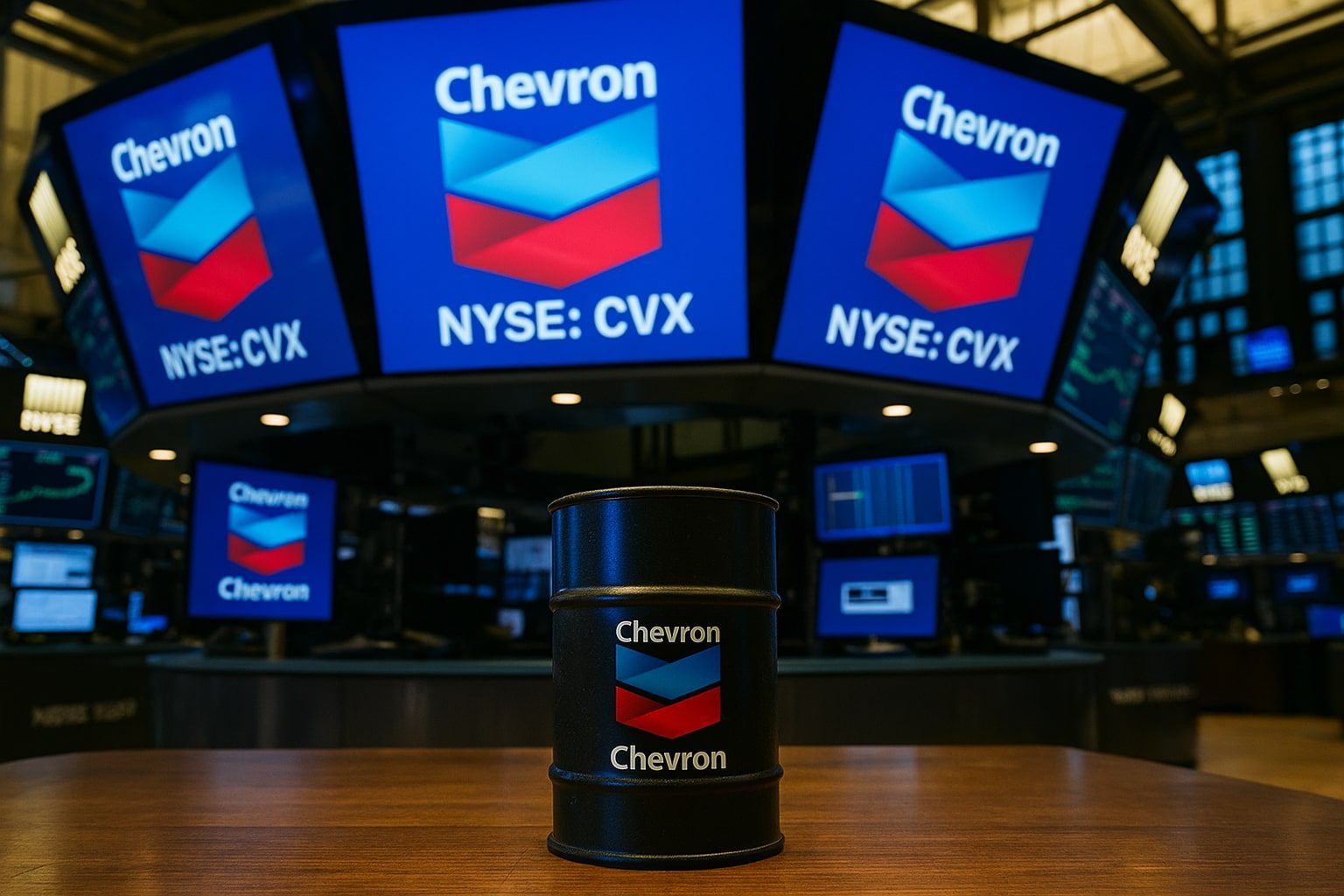Chevron Corporation has officially stepped into Guyana’s energy landscape through its recent acquisition of Hess Corporation, one of the original stakeholders in the Stabroek Block. This is Chevron’s formal entry into one of the world’s fastest-growing oil frontiers.
The company, founded in 1879 as the Pacific Coast Oil Company in California, brings nearly a century and a half of experience in the oil and gas sector. Since then, Chevron has grown through mergers and strategic expansions, evolving into one of the world’s largest integrated energy companies.
Chevron is publicly listed on the New York Stock Exchange under the symbol CVX.
Chevron’s business spans oil and gas exploration, production, refining, marketing, and transportation. It also invests in renewable energy and advanced technologies to adapt to a shifting global energy market.
With operations in over 180 countries and a global workforce of tens of thousands, on its website, Chevron said it is known for its emphasis on safety, technological innovation, and environmental stewardship. The company’s operations are divided into two core sectors: upstream and downstream. Upstream covers the exploration, development, and production of oil and gas, which is considered the heart of Chevron’s business.

Chevron is a major player in liquefied natural gas (LNG) and works extensively with unconventional oil and gas resources like shale and tight oil. Its key upstream assets include operations in the United States, Australia, Kazakhstan, Nigeria, Angola, and the Gulf of Mexico (Gulf of America).
In the downstream segment, Chevron refines crude oil into finished products such as gasoline, diesel, jet fuel, and lubricants. It markets these through its Chevron and Texaco retail stations and operates pipelines, shipping, and trading networks. The company also manufactures and sells lubricants under well-known brands like Havoline and Delo. Its downstream footprint extends across North America, Asia-Pacific, Europe, and Africa.
Chevron continues to expand its use of cutting-edge technologies, including artificial intelligence and data analytics, to improve performance and reduce operational risks. It invests in enhanced oil recovery and more efficient drilling techniques while also working on environmental technologies to reduce its footprint.
Beyond traditional oil and gas, Chevron is investing in the energy transition. It said it is developing next-generation biofuels, hydrogen projects, and carbon capture and storage. The company also backs solar, wind, and geothermal projects to help power its operations and support global energy needs.
However, Chevron’s history also includes a number of environmental controversies.
In Ecuador, it inherited a long-standing legal battle after acquiring Texaco, resulting in a US$9.5 billion ruling for pollution in the Amazon. In 2010, a pipeline rupture in Utah spilled tens of thousands of gallons of crude into Red Butte Creek. In 2012, a fire at its Richmond, California refinery impacted thousands of residents and led to fines and settlements. That same year, a Chevron-operated well in Brazil’s Campos Basin leaked more than 150,000 gallons of oil, drawing hefty penalties and lawsuits. Recently, in 2024, Chevron agreed to pay over US$13 million in fines related to spills in California’s Kern County between 2018 and 2023.
Chevron now assumes Hess’s 30% stake in Guyana’s prolific Stabroek Block, joining ExxonMobil and CNOOC in one of the world’s most closely watched offshore developments. The move brings significant operational muscle to Guyana’s oil sector.



